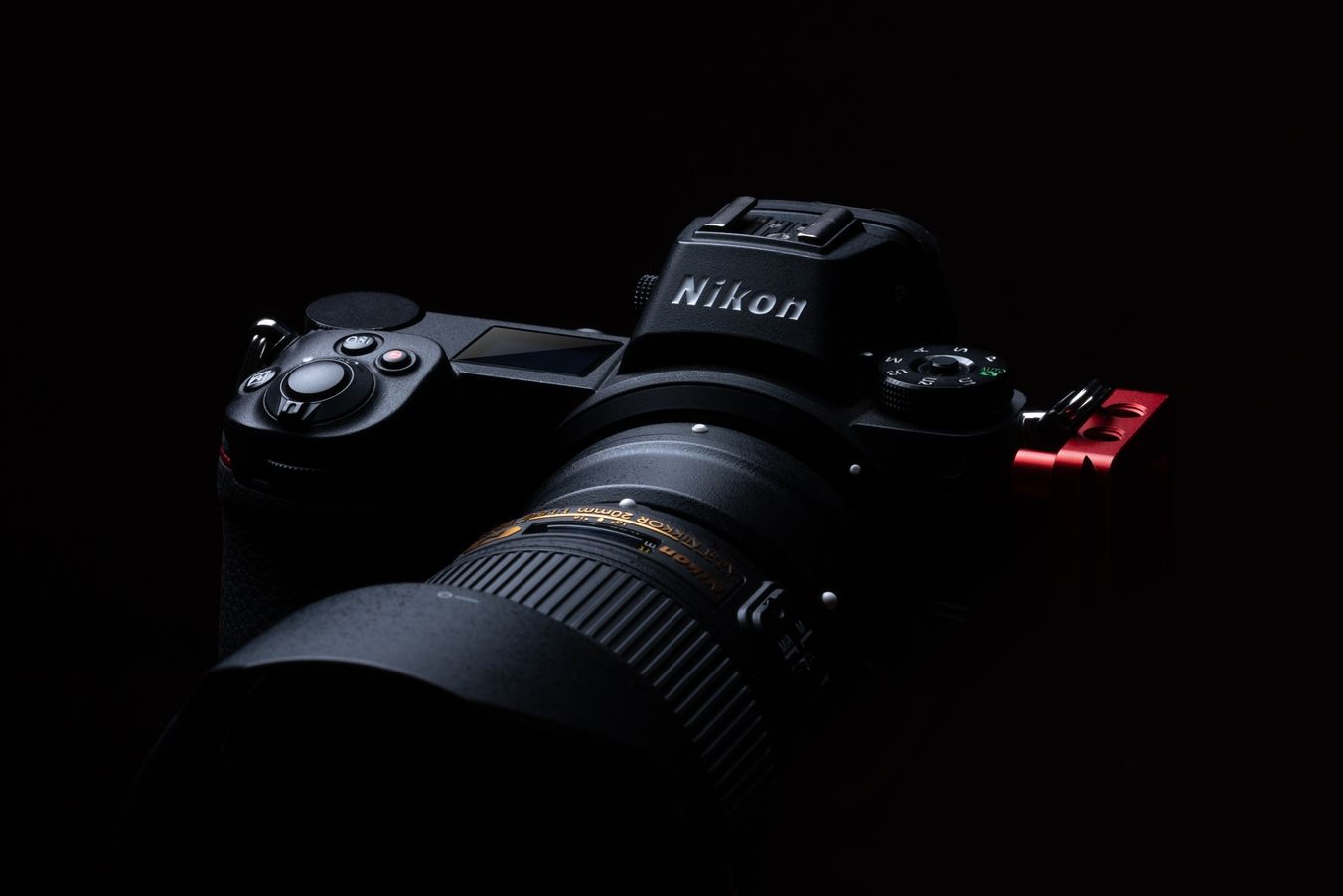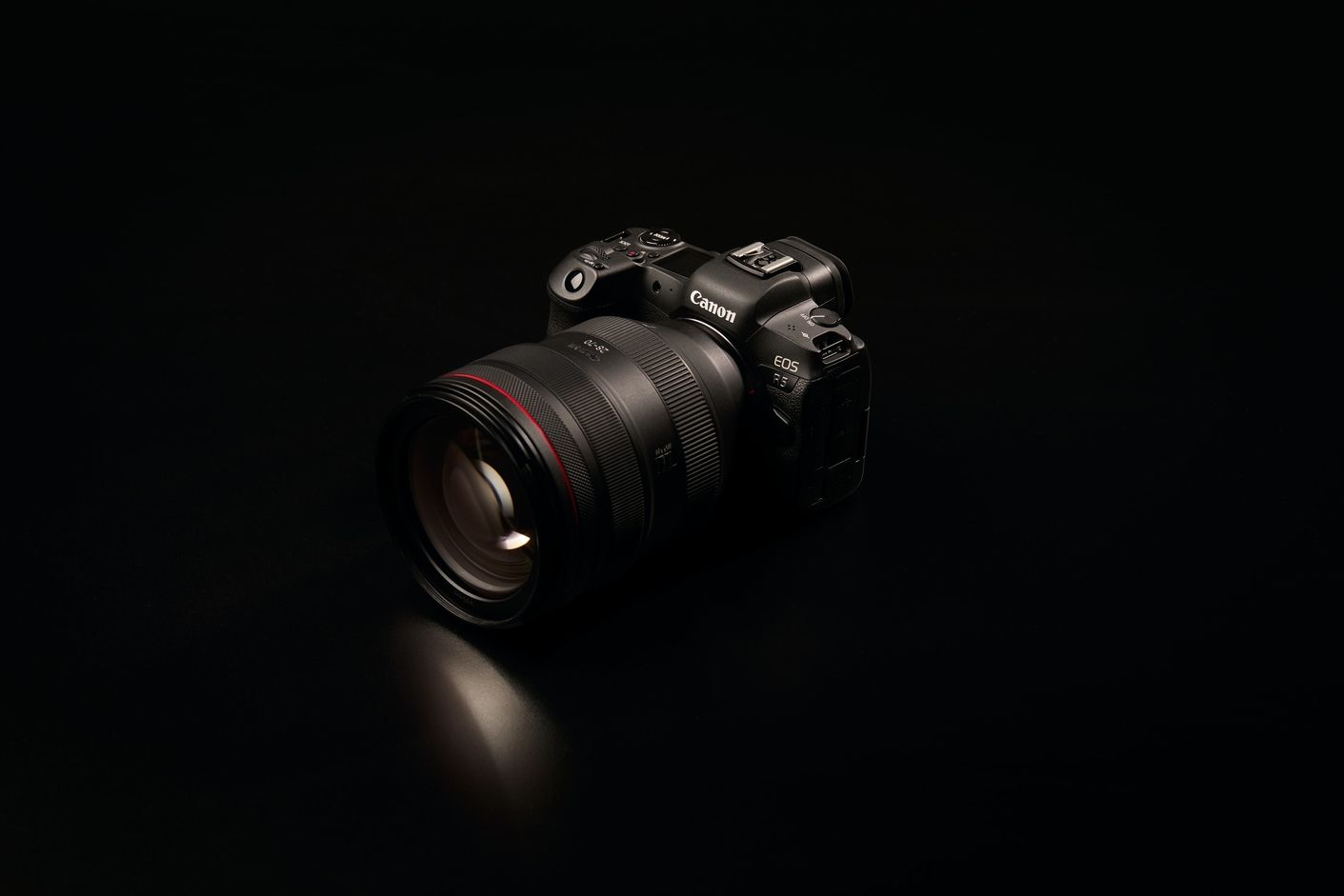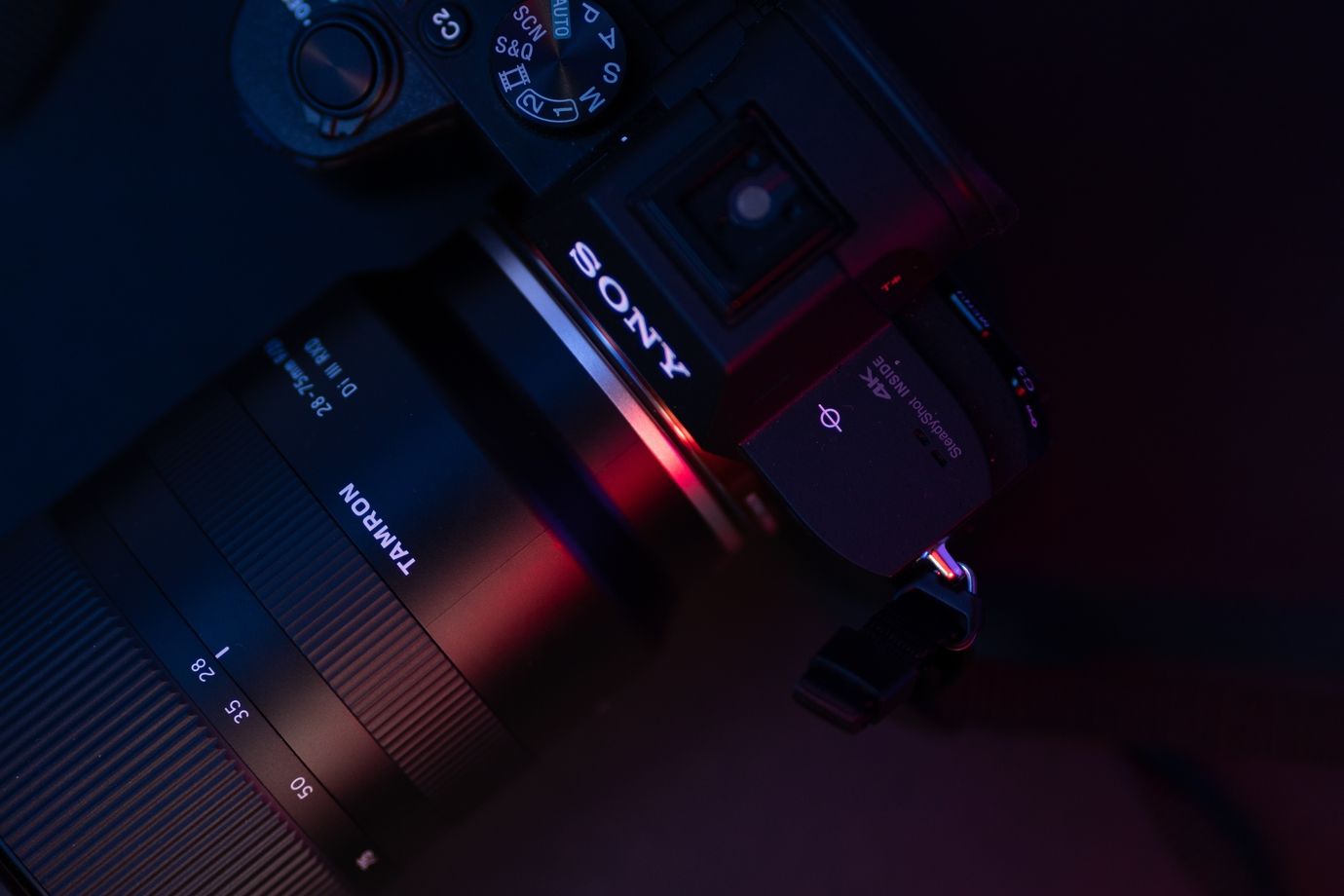11 Best Mirrorless Cameras for Beginners: Find One for Your Budget
Hire film gear from local filmmakers.

Hire film gear from local filmmakers.
Did you know that today almost all cameras released by Canon and Nikon are mirrorless?
It seems like the time of DSLRs is slowly coming to an end, and meanwhile, the mirrorless technology has fully matured. But how to navigate through the endless models of mirrorless cameras and choose the one that fits your goals?
Explore our pick of the top 11 best mirrorless cameras for beginners in this article!
And if you're new to photography, you can immerse yourself in this craft by reading our complete guide on photography.

Are mirrorless cameras good for beginners?
Mirrorless cameras are definitely a great choice for beginners - and that is for a number of reasons.
First, mirrorless cameras are lighter, more compact, and more portable than DSLRs. Mirrorless gear typically is equipped with better video quality even in more basic models and can shoot more photos at a faster shutter speed.
Second, mirrorless buddies have a more accurate manual focus than their DSLR counterparts - you can use focus peaking and focus point magnification to determine which parts aren't in focus and easily correct it.
Lastly, mirrorless cameras have another advantage you don't want to miss. Their camera bodies have a sensor placed very close behind the interchangeable lens rim. This means that you can put on any lens you like - and go with a budget one to start with!
11 of the best entry-level mirrorless cameras
1. Olympus OM-D E-M10 Mark IV
- Micro Four Thirds sensor size
- 20.3-megapixel resolution
- 2.360k dot EVF OLED viewfinder
- Monitor: 3.5-inch touchscreen with full articulation
- 1,037k dots 8 frames per second is the maximum continuous shooting rate.
- User level: beginner/enthusiast
- 4K video
Price: 599£
Pros
- Built-in image stabilizer good for video and low-light shooting
- IBIS is remarkable
- Excellent 4K video quality
- Compact body
Cons
- Limited customization options
- No mic input
- The flip-down screen will not work with selfie sticks or tripods

2. Nikon Z fc
- Sensor size: APS-C
- Resolution: 20.9MP
- Viewfinder: EVF, 2,360K dots
- Monitor: 3.0-inch vari-angle touchscreen, 1,040K dots
- Autofocus: 209-point
- Maximum continuous shooting rate: 11fps
- Video: 4K at 30p
- User level: Enthusiast
Price: 851£
Pros
- Decent design
- Good video quality
- Quick focus
Cons
- No UHS-II support card
- No weather resistance
- Lack of image stabilization
3. Canon EOS M50 Mark II
- APS-C sensor
- 24.1MP resolution
- 2,360K dots viewfinder
- 3.0-inch articulated touchscreen, 1,040K dots monitor
- Dual Pixel CMOS autofocus
- Maximum continuous shooting rate: 10fps (Single AF), 7.4fps (Continuous AF)
- 4K at 24p video capture
- User level: Beginner
Price: 534£
Pros
- Solid face tracking and eye detection
- Supports external microphones
- Excellent touchscreen interface
- Vertical video recording
- Autofocus
Cons
- Cropped 4K video
- No headphone socket
- Only one control dial

4. Nikon Z5
- Full-frame CMOS sensor
- 24.5MP resolution
- EVF, 3,600,000 dots viewfinder
- 3.2-inch tilting touchscreen, 1,040,000 dots monitor
- Maximum continuous shooting rate: 4.5fps
- 4k video capture
- User level: Beginner/Intermediate
Price: 1507£
Pros
- Built-in VR
- Supports focus stacking
- WiFi and Bluetooth connectivity
- Twin memory card slots
Cons
- 1.7x crop applied to 4K video
- Slow frame rate
- No built-in flash
5. Sony Alpha A6100
- APS-C sensor
- 24.2MP resolution
- 1,440,000 dots electronic viewfinder
- 3-inch tilting, 921,600 dots monitor
- Maximum continuous shooting rate: 11fps
- 4K video capture
- User level: Beginner/Intermediate
Price: 1168£
Pros
- Real-time tracking autofocus
- Good low light performance
- Lightweight and compact
Cons
- A little complicated to get used to
- Small viewfinder
- Poor rolling shutter

6. Panasonic GH5 Mark II
- Micro Four Thirds sensor
- 20.3MP resolution
- 3.68m dots viewfinder
- 1.84m-dot articulated screen monitor
- Maximum continuous shooting speed: 12fps
- 4K at 60fps video capture
- User level: Beginner/intermediate
Price: 1349£
Pros
- Image stabilization works well for images and videos
- Excellent autofocus in still mode
- Wireless live streaming
Cons
- Video autofocus can drift at 24fps
- Doesn't support Raw video recording
7. Panasonic Lumix G100
- Micro Four Thirds sensor
- 20.3MP resolution
- 3,680K dots electronic viewfinder
- 3-inch fully articulating touchscreen, 1,840K dots monitor
- Maximum continuous shooting rate: 10fps
- 4K at 30p video capture
- User level: Beginner
Price: 399£
Pros
- Ability to edit Raw images in the camera
- Directional audio tracking
- Choice of lenses
- Electronic viewfinder and flexible LCD screen
Cons
- No headphone input
- Small sensor
- Extreme crop when shooting in 4K

8. Canon EOS M6 Mark II
- APS-C CMOS sensor
- 32.5MP resolution
- 3.0-inch tilting touchscreen, 1,040K dots monitor
- Maximum continuous shooting rate: 14fps / 30fps RAW Burst mode
- 4K at 30p video capture
- User level: Beginner
Price: 789£
Pros
- Good autofocus performance
- Detailed and color-accurate images
- Compact and good in handling
Cons
- No in-body image stabilization
- No in-built electronic viewfinder
- 4K video quality is poorer than that of competitor cameras
9. Sony Alpha A6000
- APS-C CMOS sensor
- 24.3MP resolution
- 3-inch tilting, 921,600 dots monitor
- Full HD video capture
- OLED, 1,440,000 dots electronic viewfinder
- Maximum continuous shooting rate: 11fps
- User level: Beginner
Price: 499£
Pros
- Fast autofocus
- Good high ISO performance
- Built-in flash and multi-interface shoe
Cons
- Lack of touch screen and 4k video quality
- Lacks analog mic input
- No silent shutter option

10. Canon EOS RP
- CMOS sensor
- 26MP resolution
- 0.39-inch OLED color electronic viewfinder
- Lens and sensor caps
- Full HD & 4K video capture
- 1x Canon LP-E12 battery
- User level: Beginner/Intermediate
Price: 1300£
Pros
- Vari-angle LCD
- Integrated electronic viewfinder
- Fast autofocus
Cons
- Body may be too small for big RF lenses
- Inconsistent face and eye detection
- No built-in flash
11. Sony a6400
- 24MP APS-C sensor
- 2.36M-dot electronic viewfinder
- 11fps burst shooting
- Interval shooting option added
- 4K at 30p video capture
- Wi-Fi with NFC and Bluetooth
Price: 849£
Pros
- 24MP APS-C image sensor
- Quick autofocus
- Selfie LCD
- Built-in flash
- Large, sharp electronic viewfinder
Cons
- Limited external controls
- Limited battery life
- Lacks in-body image stabilization

Rent or subscribe to a mirrorless camera
Have you set your heart on any of those mirrorless buddies from the list? Even if not, you can always try them out before making a decision!
Rent or subscribe to a mirrorless camera of your choice through Wedio - test the gear you like with global coverage included.
Rent Camera Gear: Access Pro Equipment
qqHXJy6AWlc
Camera Hire: Take Your Production to The Next Level
71PttfqWPXk
Camera Rental: Save Money with Wedio
5sHshmF1n_Y
FAQs
Are mirrorless cameras good for beginners?
Mirrorless cameras are definitely a great choice for beginners - they’re light and compact, have great manual focus, can shoot high-quality images and videos, and are adaptable for almost any lens.
Which mirrorless camera is best for beginners?
The best mirrorless cameras for beginners might be Olympus OM-D E-M10 Mark IV, Canon EOS M50 Mark II or Sony a6400.
Which brand makes the best mirrorless cameras?
Canon and Nikon are the top brands for mirrorless cameras.






















